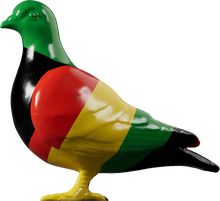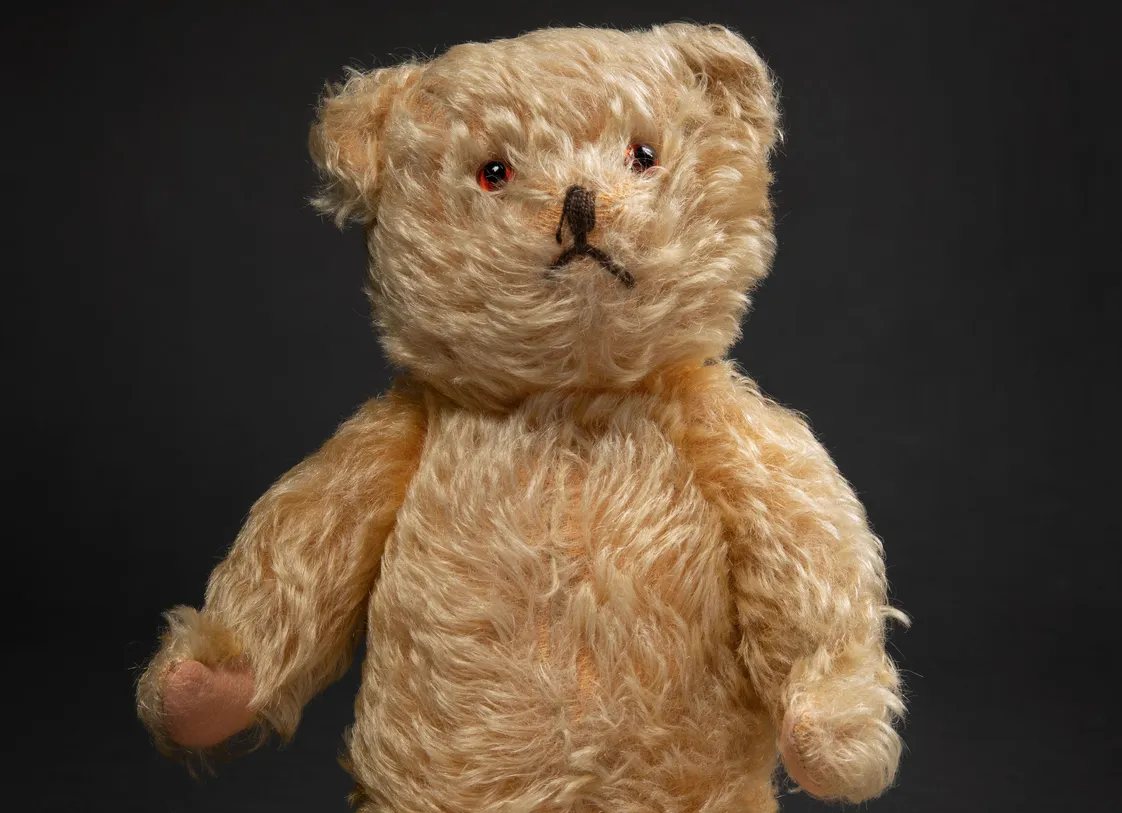31 January 2018 — By Beverley Cook
The forgotten Suffragettes & tales of militancy
Curator Beverley Cook introduces us to four forgotten champions in the fight for female suffrage.
Women from all backgrounds were drawn to the Suffragette campaign, often in awe of its charismatic leaders and daring tactics. The two militant organisations, the Women’s Social and Political Union (WSPU) and the Women’s Freedom League (WFL) developed a highly effective and innovative campaign style.
More than 1,000 women served a term of imprisonment for militancy. But Suffragettes were not just militants. They were also successful fundraisers, accomplished organisers and inspirational speakers. These remarkable women left a legacy of political enfranchisement for the many, but few of their names are remembered today.
We want to shed light upon four lesser-known Suffragettes.
Flora Drummond, the Suffragette General
Flora Drummond's Suffragette career began in 1905. That summer she was one of the speakers touring Lancashire towns as part of the WSPU campaign. In October, after the imprisonment of Annie Kenney and Christabel Pankhurst for an altercation at Manchester's Free Trade Hall (the first militant act), she helped to capitalise on the ensuing publicity by organising meetings and printing leaflets. Like the Pankhursts, she left the Independent Labour Party, believing it only paid lip-service to women's rights. She was known as "the General" both for her organising abilities and her habit of wearing a uniform and riding a horse to Suffragette meetings. We have a magnificent peaked cap belonging to Drummond in our collection.
“When hunger-striking was introduced by suffragette prisoners as a political tactic, Drummond herself took part. However, she was never forcibly fed...she was deemed too prominent”
In 1906, she moved to London to work as a salaried 'organiser' but also kept close links with the WSPU campaign in Scotland. She was imprisoned nine times, once while pregnant with her son. When hunger-striking was introduced by suffragette prisoners as a political tactic, Drummond herself took part. However, she was never forcibly fed because, like Emmeline Pankhurst, she was deemed to be too prominent a personality for the authorities to risk injuring.
In 1909, she moved to Glasgow and organised both the WSPU's general election campaign and Women's Exhibition of 1910. When Drummond returned to London late in 1911 she was put in charge of coordinating all WSPU branches across the country. In January 1913, she led a deputation of working women, alongside Annie Kenney to Lloyd George, who was reported to have congratulated Drummond on her handling of the event.
Charlotte Marsh, the Organiser

Suffragette Charlotte Marsh, 1910, where she was the Grand Marshal for the Women's Sunday procession, carrying the great silk standard in the Suffragette colours of green, white and purple.
Charlotte Marsh joined the WSPU in 1907, at age 20. She did not, however, become active in the movement until 1908, when she finished her training as a sanitary inspector. During her first WSPU deputation to Parliament Square in June 1908, Charlotte was arrested for obstruction, and imprisoned in Holloway for one month. The following year she became WSPU Organiser in Yorkshire. While in prison in 1909 for heckling the prime minister Henry Asquith, Charlotte became one of the first hunger-striking suffragettes to be forcibly fed.
“For smashing nine windows in the Strand in March 1912, she was sentenced to six months imprisonment”
In 1910, Charlotte became the WSPU Organiser in Oxford and, subsequently, Portsmouth and Nottingham. While working as a full-time paid regional Organiser, Charlotte also continued to undertake militant acts. For smashing nine windows in the Strand in March 1912, she was sentenced to six months imprisonment. Organisers like Charlie were vital to keeping the Suffrage movement in the public eye and putting pressure on politicians.
During World War I, when the WPSU announced a "truce" with the British government, Charlotte worked as a motor mechanic, chaffeuse to Lloyd George and as a land girl. She continued her commitment to the suffrage cause as honorary secretary of the Independent WSPU.
Muriel Matters, the "Grille" Prisoner
Muriel Matters (1877–1969) was an Australian actress who, on coming to London in 1905, began attending WSPU meetings. In 1907, Muriel left the WSPU and joined the newly founded Women's Freedom League (WFL). On 28 October 1908, Muriel along with her fellow WFL members Violet Tillard and Helen Fox entered the Ladies’ Gallery at the House of Commons. As Matters and Fox chained themselves to the grille of the gallery proclaiming ‘Votes for Women’, Violet Tillard lowered a banner to the MPs below.
“In 1909 Matters hired an airship painted with the slogan 'Votes For Women', and sailed over the House of Commons distributing WFL leaflets”
Unable to undo the chains attaching Matters and Fox to the grille, the police were forced to remove the Suffragettes to a nearby room with the grille still attached, where a blacksmith was called to detach the women. On their release without charge the women joined other members of the Women’s Freedom League protesting outside the Commons. Muriel Matters subsequently became one of 14 members of the Women’s Freedom League arrested on a charge of obstruction. Matters, found guilty was sentenced to one month’s imprisonment in Holloway.
In 1909 Matters hired an airship painted with the slogan 'Votes For Women', and sailed over the House of Commons distributing WFL leaflets. Matters later campaigned on behalf of the Tax Resistance League and spoke for the National Union of Women’s Suffrage Societies. When World War I began, and Matters ceased her suffragette campaigning, she felt free to marry the man who she had been refusing for the past three years.
Ada Flatman, Suffragette scrapbooker
Ada (Susan) Flatman was a salaried WSPU Organiser from 1908, and served one term of imprisonment for militancy in October 1908 for taking part in the 'raid' on the House of Commons. From 1909, she was appointed Organiser in Liverpool and opened the first Votes for Women shop in the city that proved to be highly profitable. This vital fundraising allowed the Suffragettes to campaign nationally, to take care of members who suffered poverty due to their militancy, and to spread their message to the masses.
By February 1911, Ada had been appointed WSPU Organiser in Cheltenham where she adapted her organisational skills to the requirements of the local membership by organising a programme of drawing-room meetings with guest speakers from Head Office. In 1912, Ada worked as Organiser for the WSPU by-election campaigns in Hereford & Crewe. Her work is chronicled in the many tickets, leaflets and flyers that Ada kept in three scrapbooks, now in the museum collection.
However in July 1912 Ada resigned from her role as salaried WSPU Organiser for unknown reasons.
London Museum has the world's largest collection of objects related to the Suffragettes and Votes for Women campaign.
Beverley Cook is Curator, Social and Working History at London Museum.













